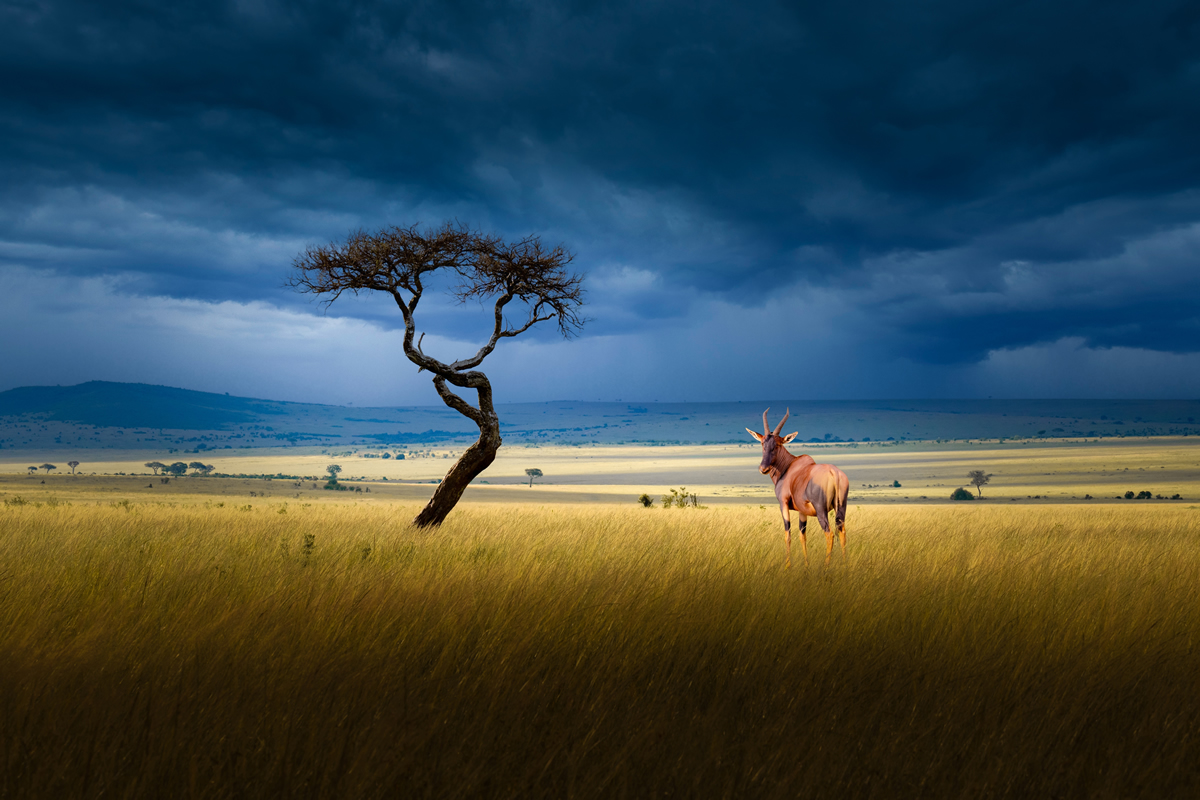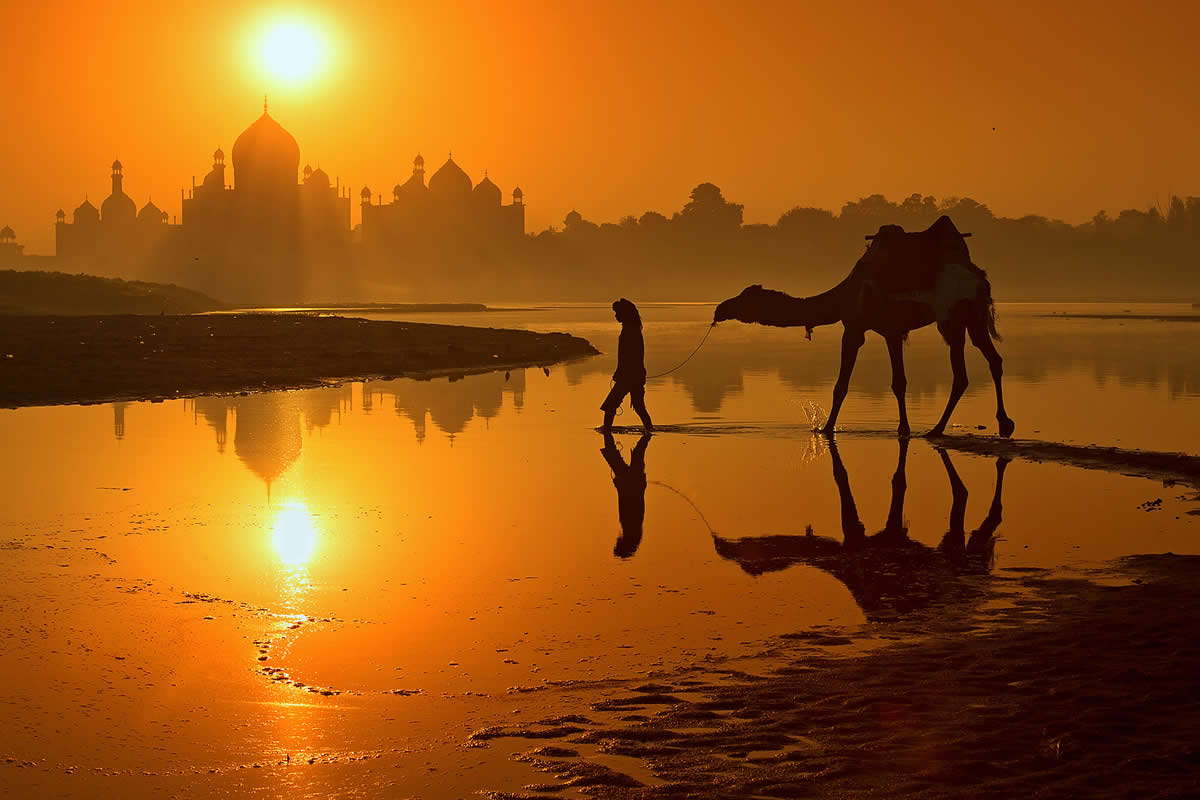Raghubir Singh, widely regarded as one of India’s most iconic photographers, carved a niche for himself in the world of photography with his pioneering use of color and his ability to capture the essence of India’s streets. Born in Jaipur in 1942, Singh’s work straddled the line between photojournalism and fine art, blending vivid storytelling with a deep understanding of his country’s culture, history, and social fabric. Over the course of his illustrious career, Singh not only transformed the perception of Indian photography but also redefined the global standards of color photography.
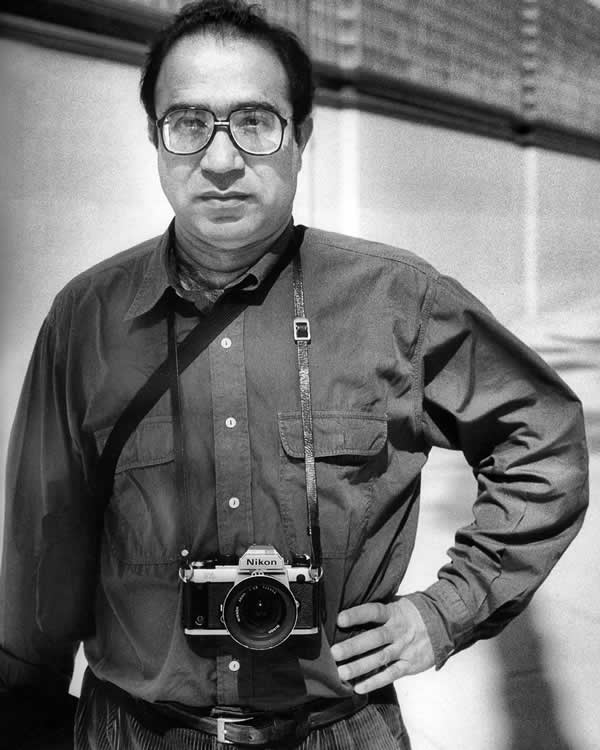
You can find Raghubir Singh on the web:
Early Life and Inspirations
Growing up in Jaipur, Singh was surrounded by the rich heritage and vibrant colors of Rajasthan. This early exposure to the interplay of light, color, and architecture laid the foundation for his photographic journey. Influenced by the works of Henri Cartier-Bresson, Singh adopted the philosophy of the "decisive moment" but translated it into a distinctly Indian context. Unlike many photographers of his era who favored black and white, Singh boldly embraced color, seeing it as integral to representing the soul of India.
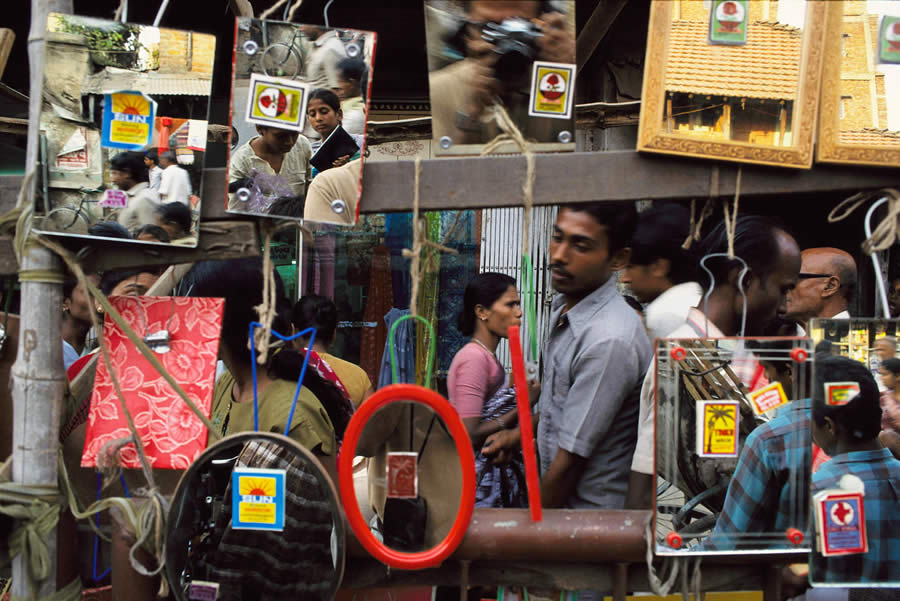
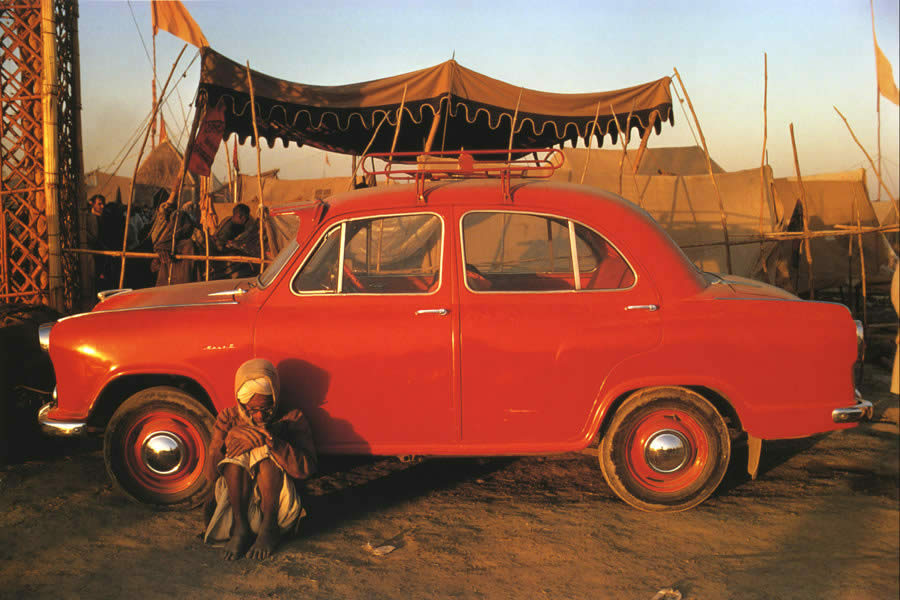
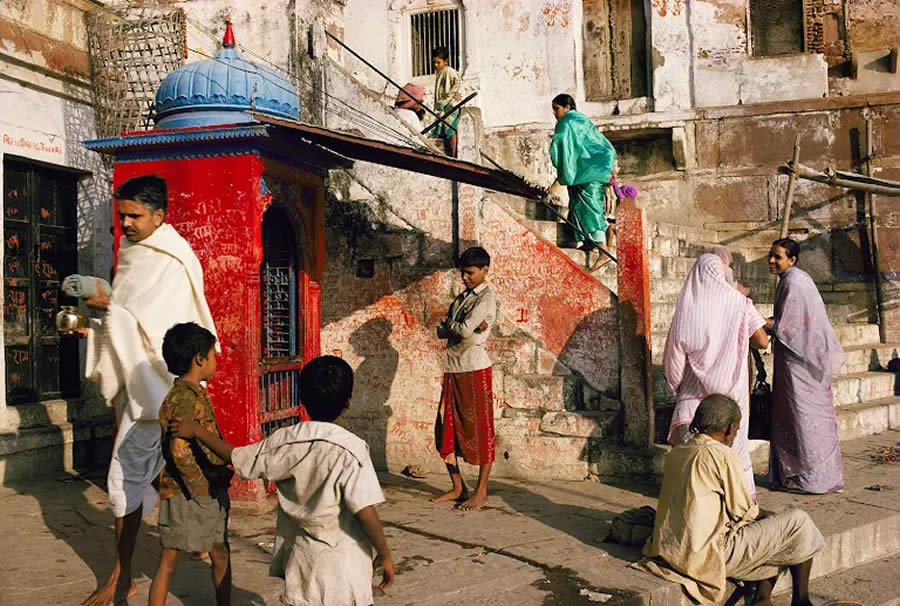
Pioneering the Use of Color
Raghubir Singh’s work stood out for his masterful use of color in an era when black-and-white photography was considered the benchmark for serious art. Singh believed that color was inseparable from the essence of India, where hues saturate every aspect of daily life, from the saris worn by women to the markets bustling with fruits, spices, and fabrics. His photographs are a celebration of this vibrancy, reflecting the chaos and harmony of Indian life in equal measure.
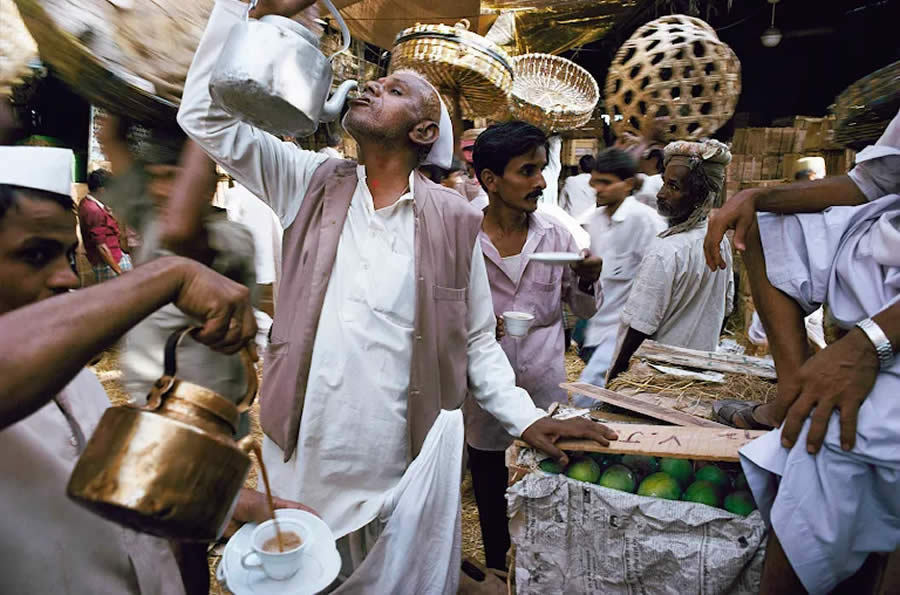
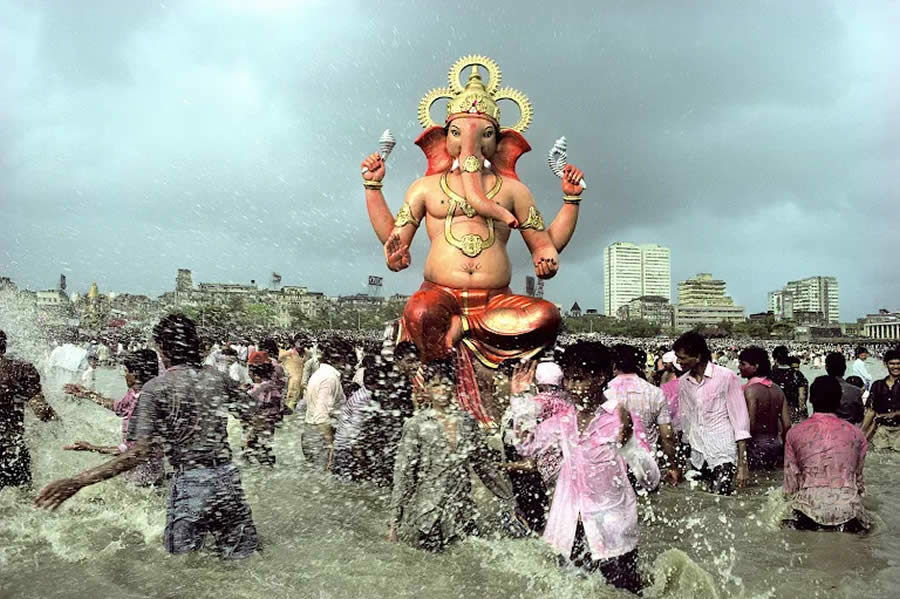
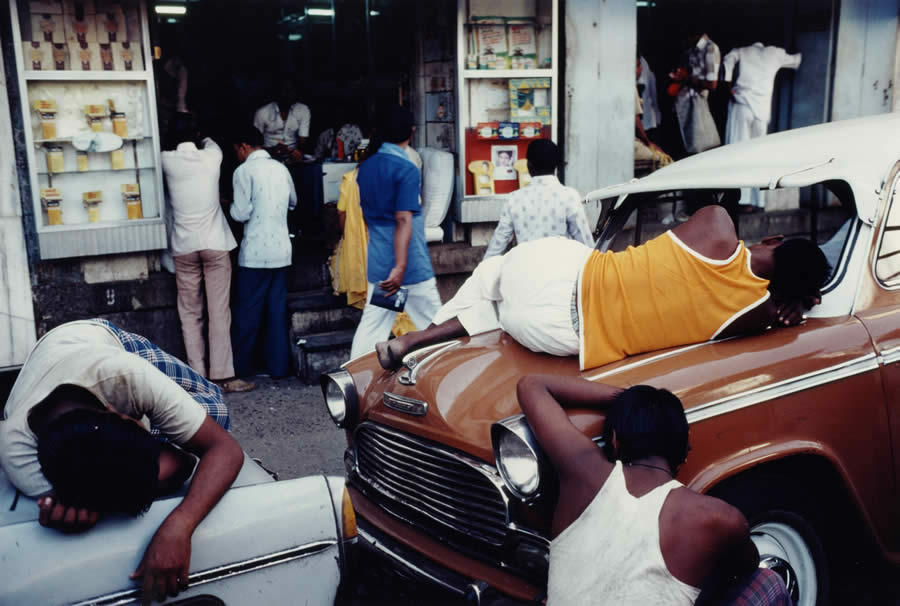
Capturing the Streets of India
Singh’s lens was drawn to the streets—the heartbeat of India. He captured rickshaw pullers in Kolkata, ghats in Varanasi, and bustling markets in Delhi with an unparalleled intimacy and authenticity. His images tell stories of resilience, tradition, and modernity colliding in a rapidly changing society. Through his work, Singh managed to document the daily lives of ordinary Indians, presenting them with dignity and beauty, while also highlighting the complexities and contradictions of urban and rural India.
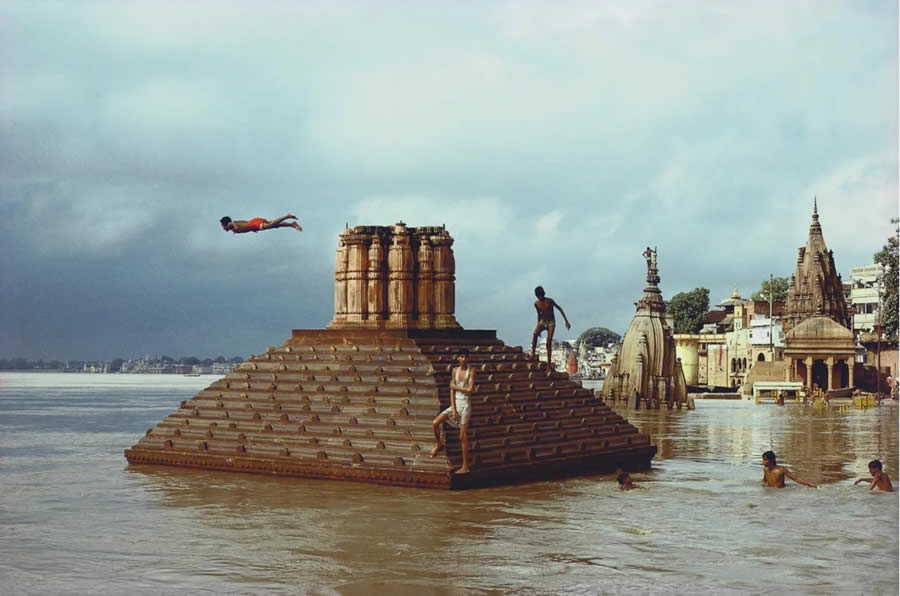
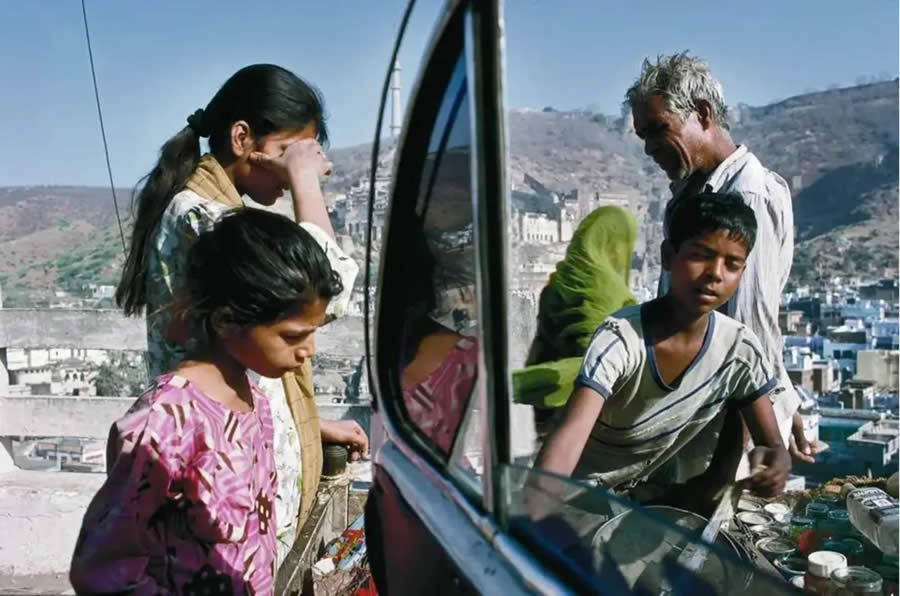
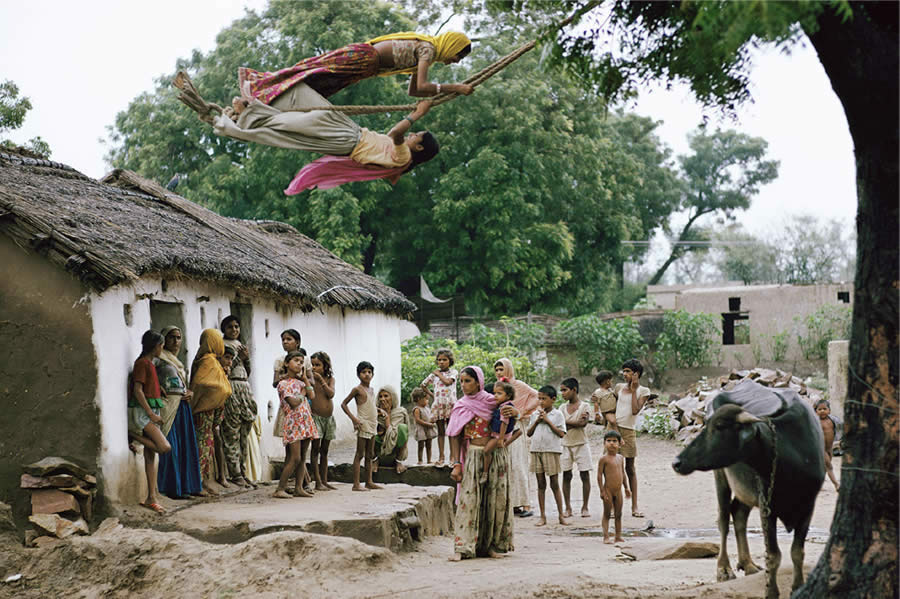
Major Works and Contributions
Singh’s prolific career resulted in several groundbreaking photobooks, including:
- "Ganges" (1992): A poetic exploration of the sacred river and its cultural significance, this work remains one of Singh’s most celebrated projects.
- "Calcutta" (1988): This book offers a vivid portrayal of life in one of India’s most dynamic cities, showcasing Singh’s ability to find beauty in the midst of urban chaos.
- "The Grand Trunk Road: A Passage Through India" (1995): A visual journey along one of the oldest and most historic roads in Asia, reflecting the diversity and depth of Indian life.
These works not only solidified Singh’s reputation as a master photographer but also introduced global audiences to the richness of Indian culture through his unique perspective.

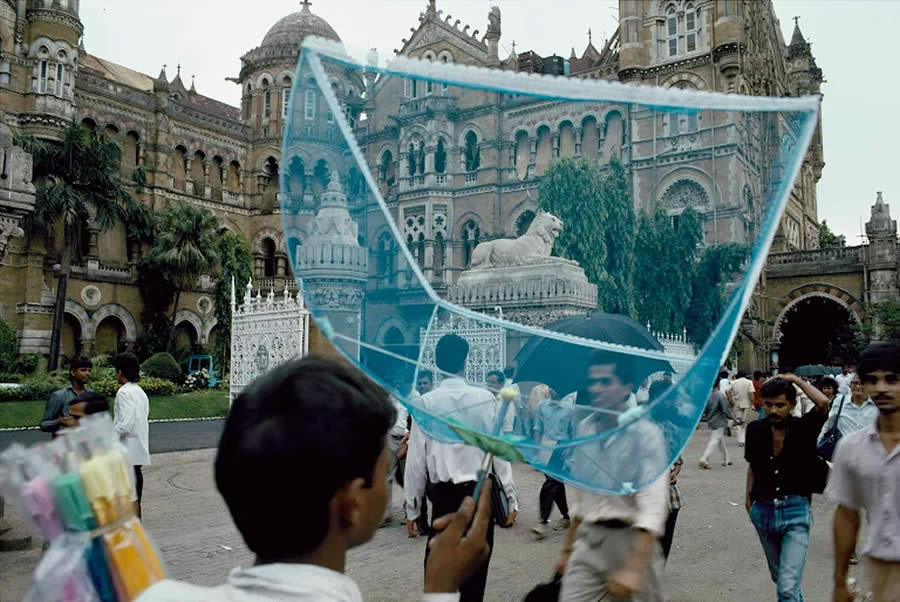
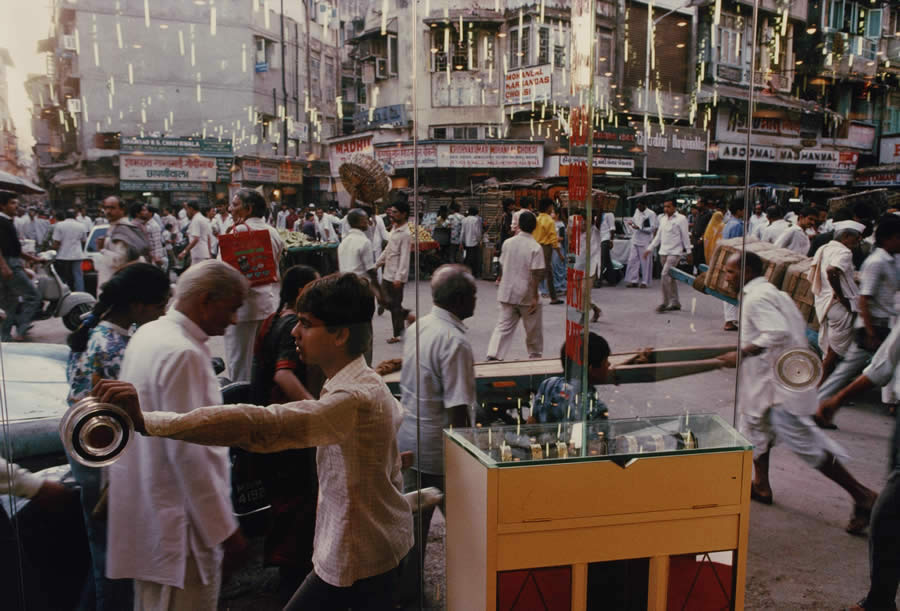
Bridging the Local and Global
Raghubir Singh’s photographs resonate with universal themes while staying deeply rooted in the Indian ethos. His ability to blend local elements with a global sensibility made his work accessible to audiences worldwide. Exhibitions of his work in prestigious galleries, such as the Metropolitan Museum of Art in New York and the Art Institute of Chicago, brought Indian street photography to the forefront of the global art scene.
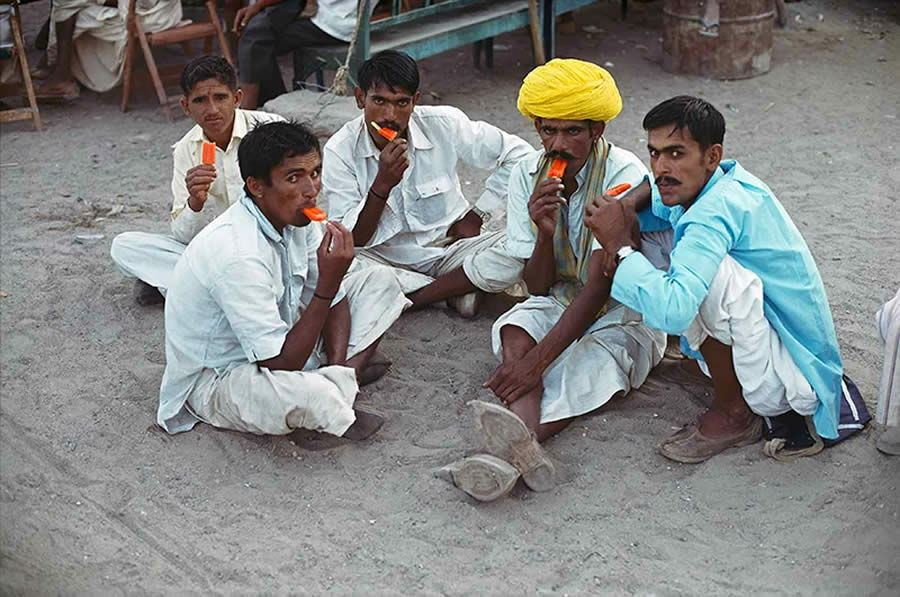

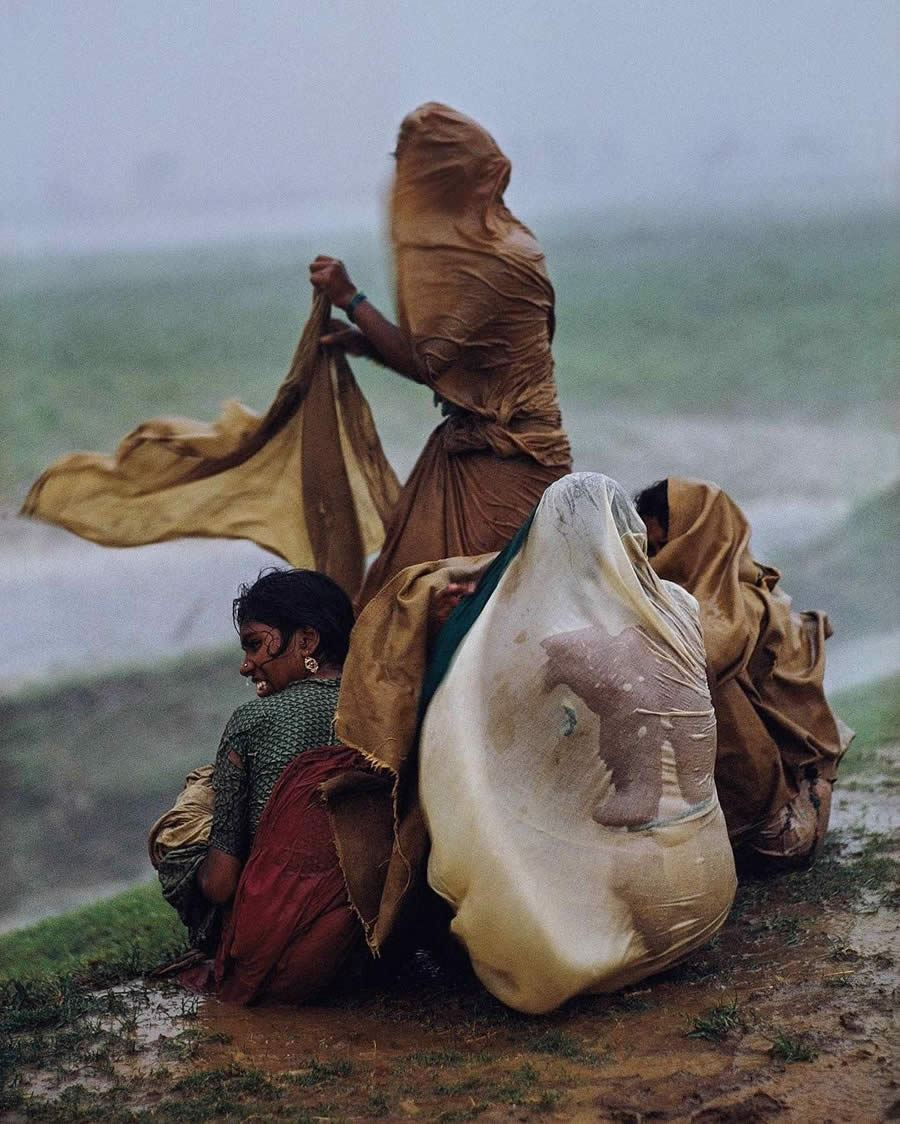
Legacy and Influence
Singh’s influence extends far beyond his own body of work. He inspired a generation of photographers to embrace color and look for stories in everyday life. His approach to composition, which often juxtaposed contrasting elements within a single frame, set a benchmark for visual storytelling. Singh’s work is not just a chronicle of Indian life; it is a testament to the power of photography as an art form and a tool for cultural preservation.
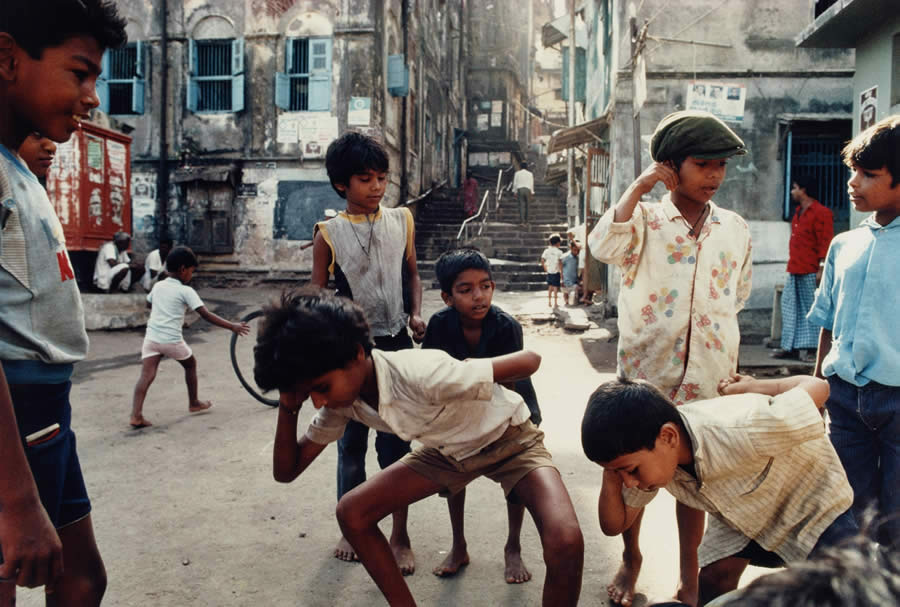

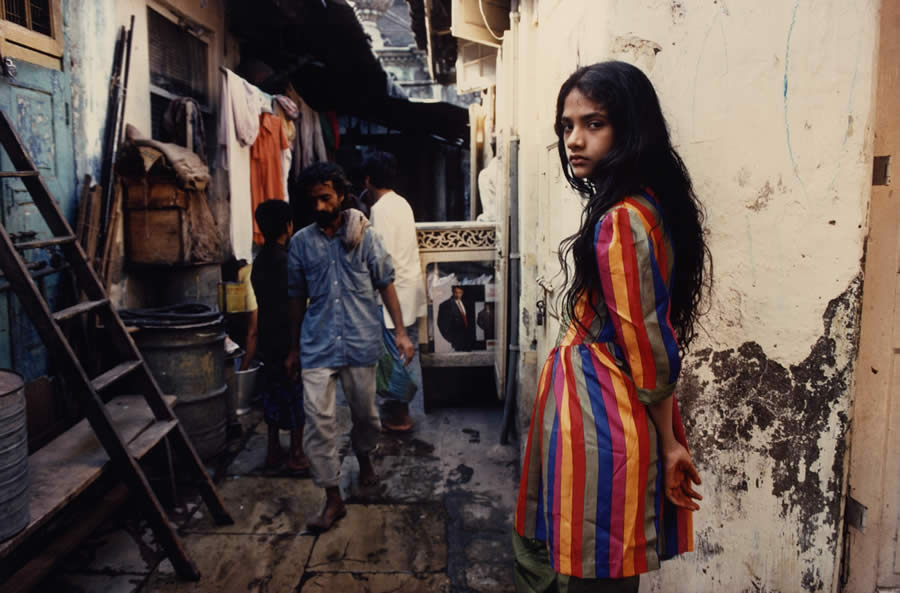
Singh’s Philosophy on Photography
For Singh, photography was more than just capturing images; it was a way of understanding the world. He believed in immersing himself in the environment, letting the story unfold naturally. His photographs reflect this philosophy—they are unposed, spontaneous, and deeply human. Singh once said, “The fundamental condition of the image is to be visual. It must be an expression in itself, not an explanation.” This philosophy is evident in every frame he captured.

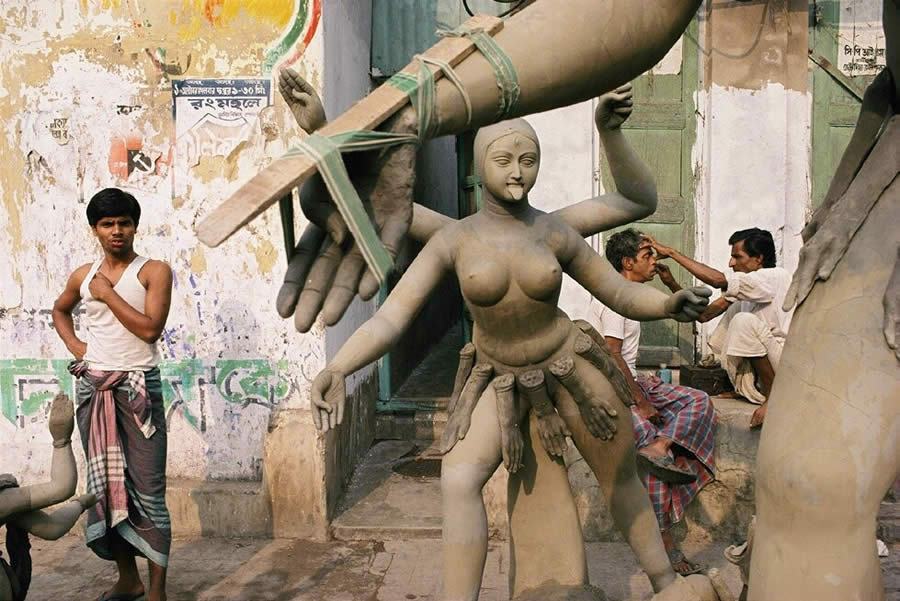
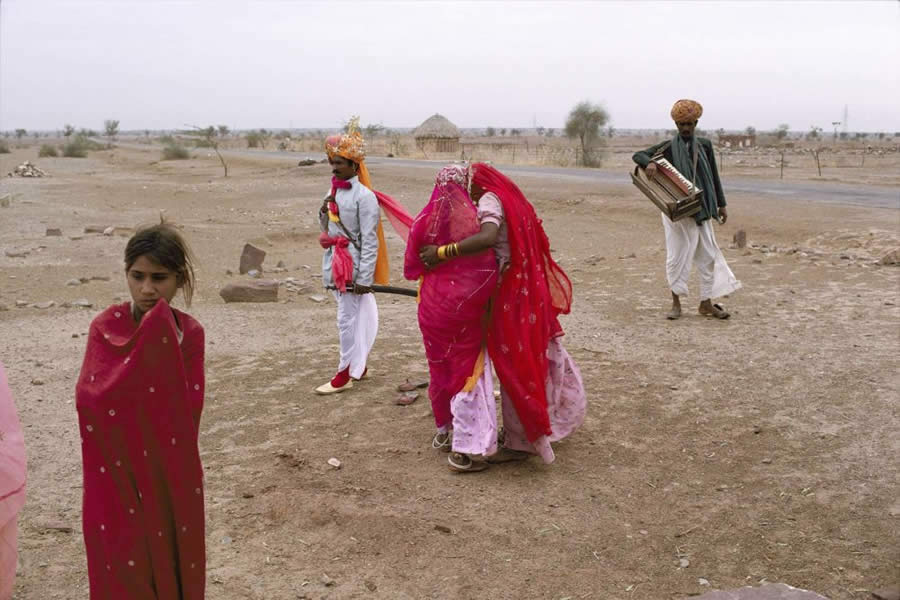
Conclusion
Raghubir Singh’s contribution to photography is immeasurable. He transformed the way India was perceived by both Indians and the world, using color as his primary language to tell stories that were deeply personal yet universally relatable. Through his lens, the streets of India came alive, offering a vibrant tapestry of life, culture, and emotion. Singh’s legacy continues to inspire photographers and art enthusiasts, reminding us of the power of images to bridge cultures and capture the essence of humanity.
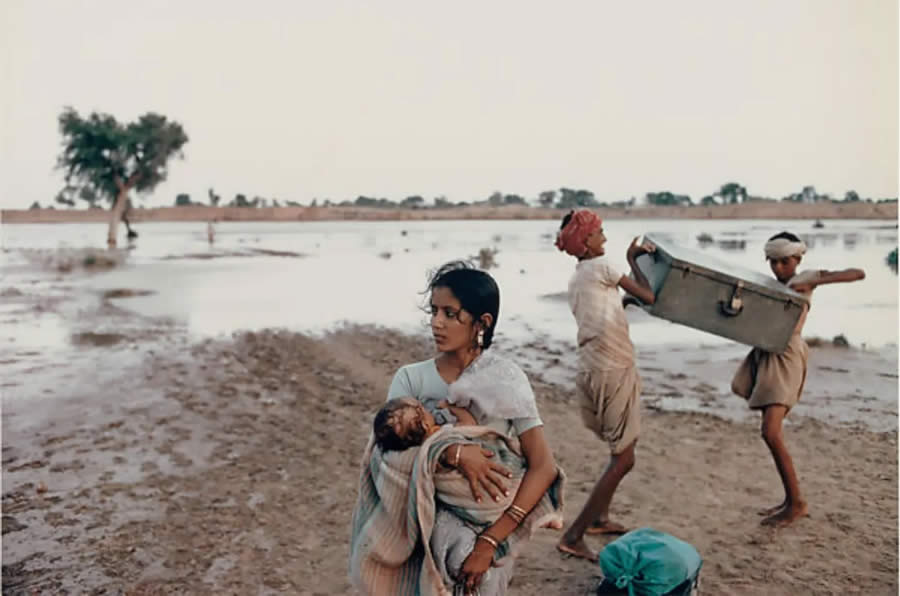

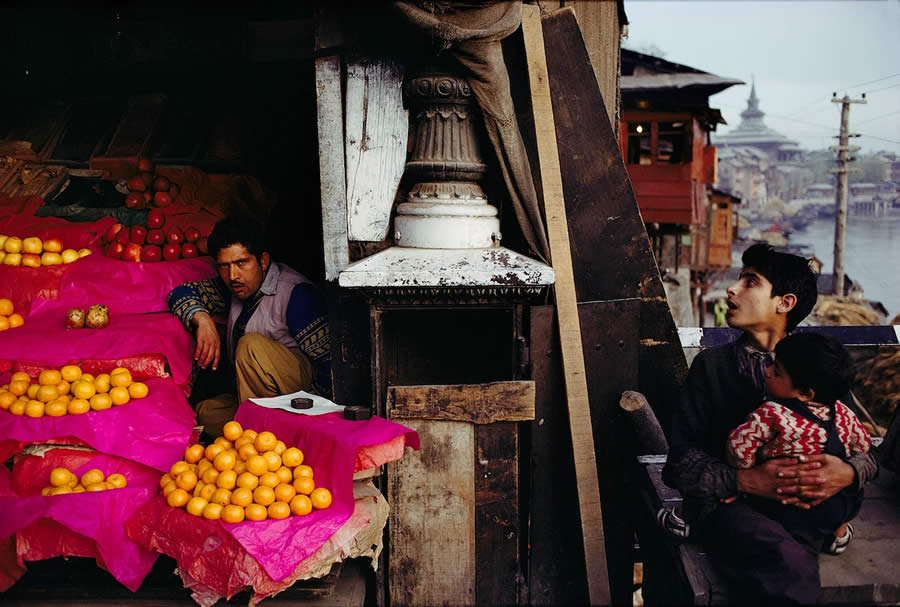
Related Articles:
- Master Photographer Bruno Barbey: A Visionary of Color and Human Experience
- Master Photographer Alex Webb: A Journey Through Color, Culture, and Human Connection
- Master Photographer Elliott Erwitt: A Life Through the Lens of Wit, Humanity, and Timelessness
- Master Photographer Steve McCurry: A Legacy in Visual Storytelling


